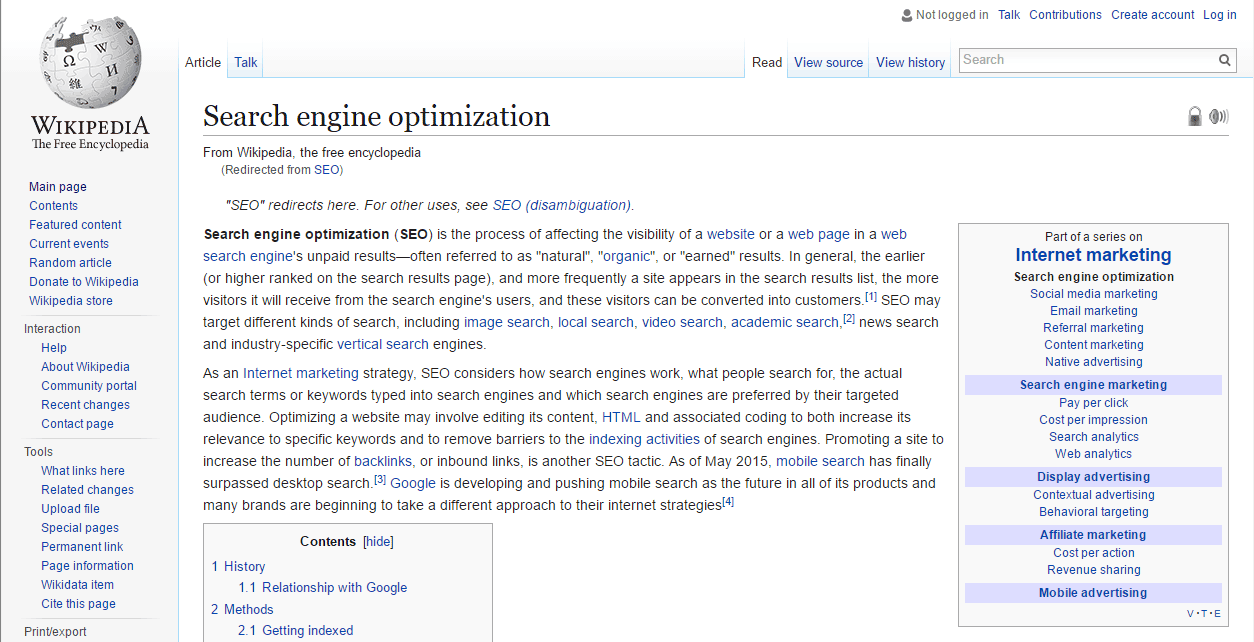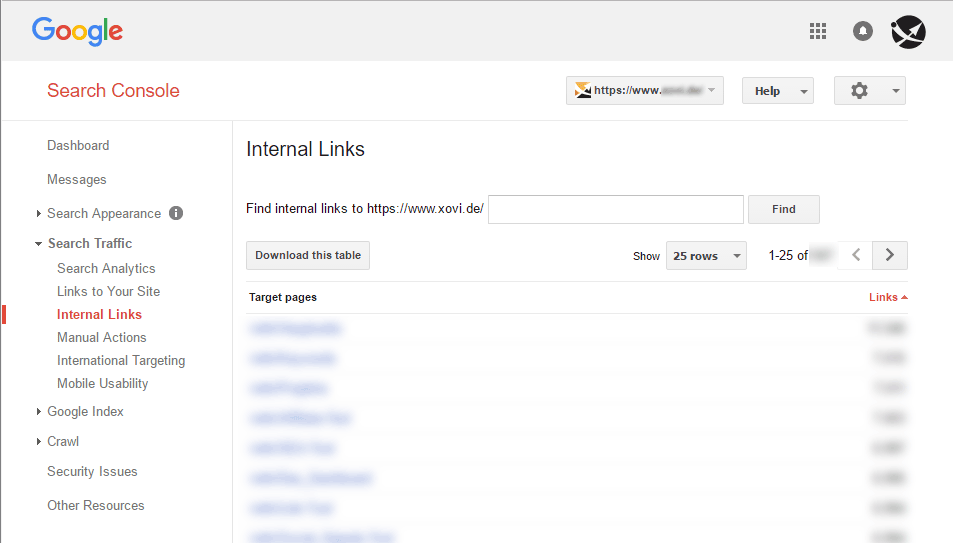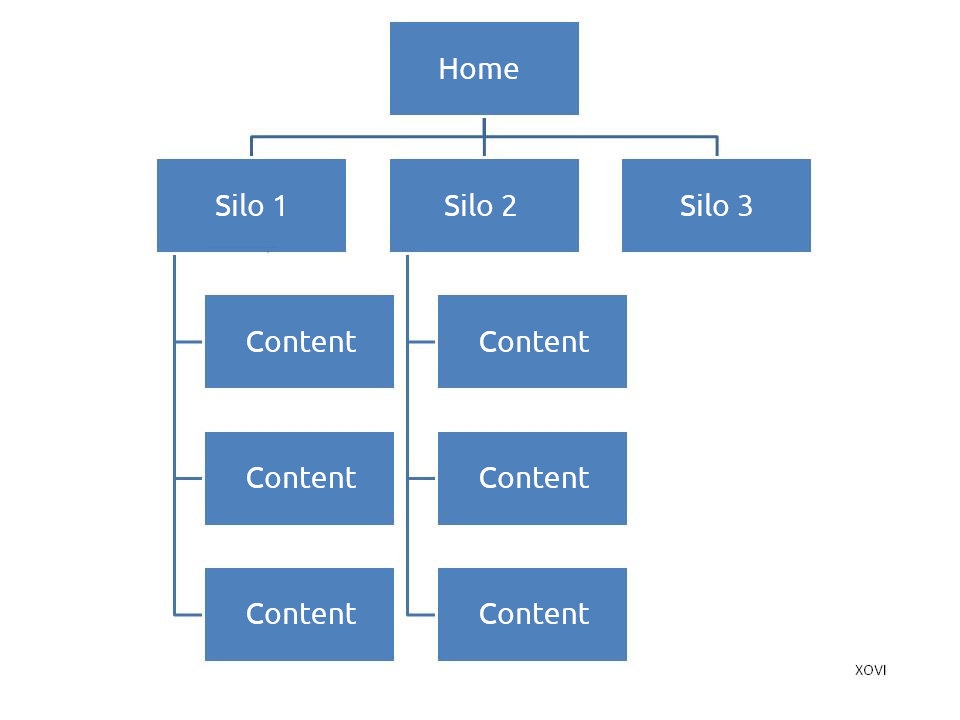Links are a frequently discussed topic in the world of search engine optimization. The discussion almost always revolves around good and bad backlinks from external websites. How do you build up good backlinks? How do you get rid of bad, unwanted links? Links remain one of the most important ranking factors in Google’s algorithm, so such questions are more than justified.
Here in the XOVI Blog and over on the Expert Panel, we have regularly discussed what constitutes a good backlink, so this will not be the subject of this post.
Instead, we are going to focus on internal links – links to your own subpages which you can directly build into your site. When you compare internal and external links in your website’s HTML source code, you can see that both are constructed in the same way, the only difference being that the link target is a URL within your own domain rather than an external domain.
By and large, Google doesn’t distinguish between internal and external links when evaluating a website.
Link power is passed on internally too
Why is it that we strive to collect external backlinks? The answer is that the link power from other, stronger domains is passed on to our own domain, allowing it to rank higher in Google.
Previously, PageRank was a great help when evaluating the strength of a page, as Google rated it on a scale from 1-10. But PageRank is no longer a viable measure. Google still updates its scale but it is only used internally and is no longer published. Neither is the Toolbar which enabled users to view PageRank quickly and easily.
Nevertheless, the system behind PageRank remains and Google trust – in the form of links – can also be garnered using internal links which distribute link power throughout your domain.
A domain’s homepage is generally the most frequently linked page on a website – externally too, which means all subpages which are linked from your homepage also receive link juice directly. These links also help to guide Google’s crawler on its path from link to link, directly to important subpages. You can even link to further subpages directly from text content.
The best example of perfect internal linking is Wikipedia. Every single key word or phrase in an article links to a further article. The screenshot shows a page with a contents section with jump links as well as numerous linked terms and phrases within the text itself.

Should internal links be nofollow or follow?
The rumour is still doing the rounds that internal links must be labelled as nofollow in order to avoid a penalty from Google. This is not true. Internal links should never be set to nofollow! If they are set to nofollow, then link power isn’t passed on – and this is precisely our aim. Google’s former head of spam, Matt Cutts, made this quite clear:
Never set internal links to nofollow
The more the merrier!
The more important and relevant a site is, the more often it is linked – and it doesn’t matter whether these links come from external domains or from internal pages. You can see how strongly linked your individual subpages are in the Search Console.

Here, you can see how often a subpage is linked internally. Click on the path to see a more detailed view of where exactly these links come from.
Anchor Texts
It’s unnatural and indeed damaging to use hard keywords as anchor texts for external links, but there’s no reason you shouldn’t use money keywords for your internal links. The Penguin algorithm is not directed at internal links but rather at combatting link spamming from external domains.
What does a good backlink structure look like?
There is no single answer to what a good backlink structure should look like – every website should have its own internal link concept. One common method is calling Siloing, whereby clear hierarchies are established and vertically linked. Here, individual categories are linked “up” and “down” to each other.
First, cluster a website’s content according to topic areas so that your website has a clearly recognisable structure. Pages with different content aren’t linked to each other, but rather just pages which contain mutually relevant content. Google can recognise such a structure easily and it also helps users who can find their way around your domain more easily.

Conclusion
Internal linking can do wonders for your SEO. Make the most of it, but make sure you approach it properly. Only link internally when it genuinely makes sense to do so. The risk of suffering a Google penalty from internal linking is zero – we don’t know of a single instance in which internal links have led to a penalty. Even Matt Cutts has advised webmasters to set internal links to follow.
But the best thing about internal links is that you remain in control. You can determine which links go where and you are not reliant on other webmasters giving you a backlink. In short: you decide!

